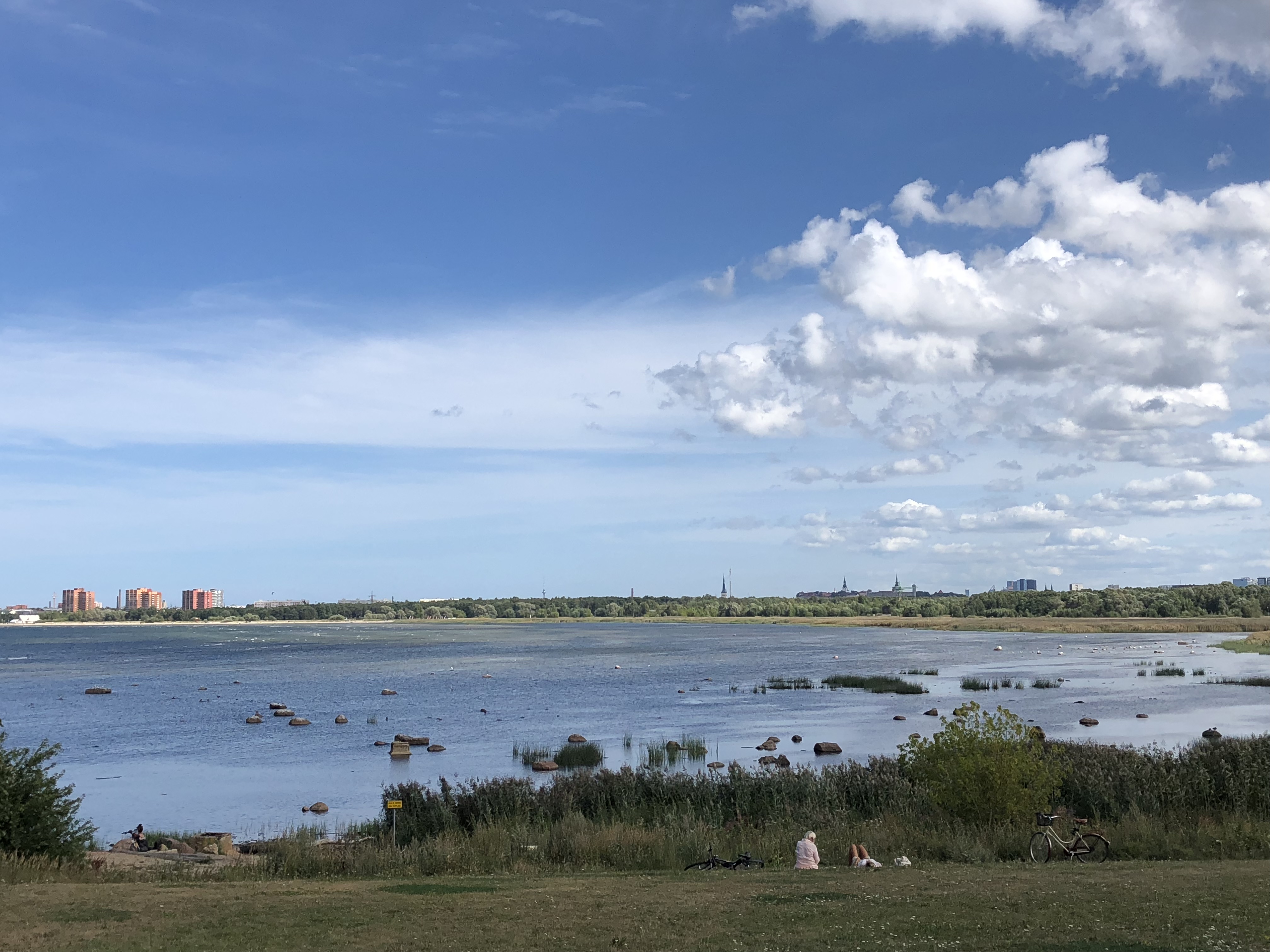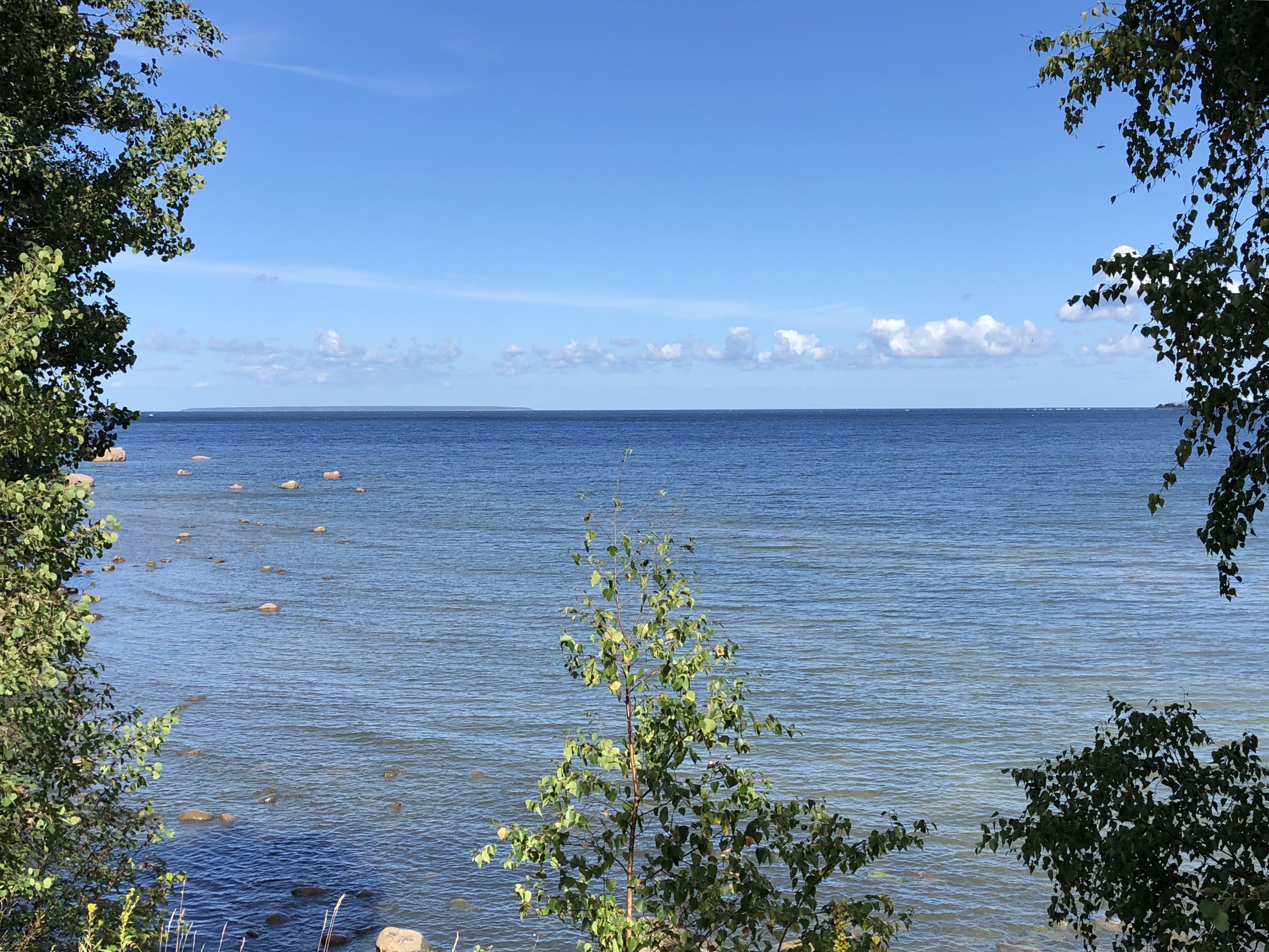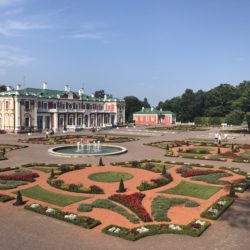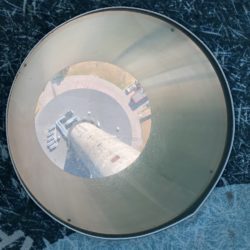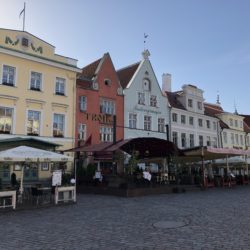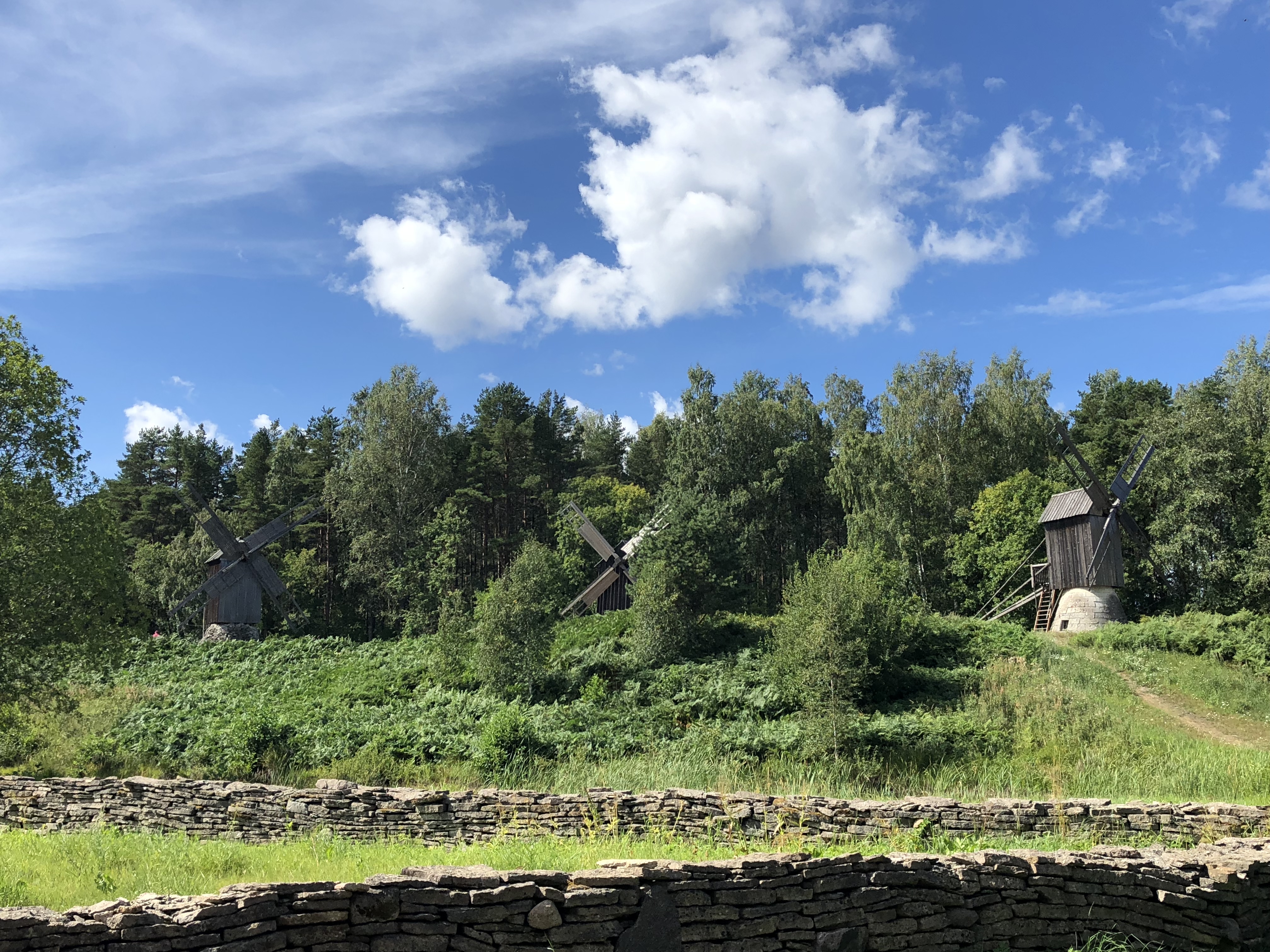
Rocca al Mare
I know that you’re thinking I probably mixed up my post titles as Rocca al Mare sounds more like a city along the Amalfi Coast than an area of a former-Soviet country, but despite its Italian name meaning “Rock by the Sea,” Rocca al Mare is a district of Tallinn, most known for the Eesti Vabaõhumuuseum (Estonian Open-Air Museum).
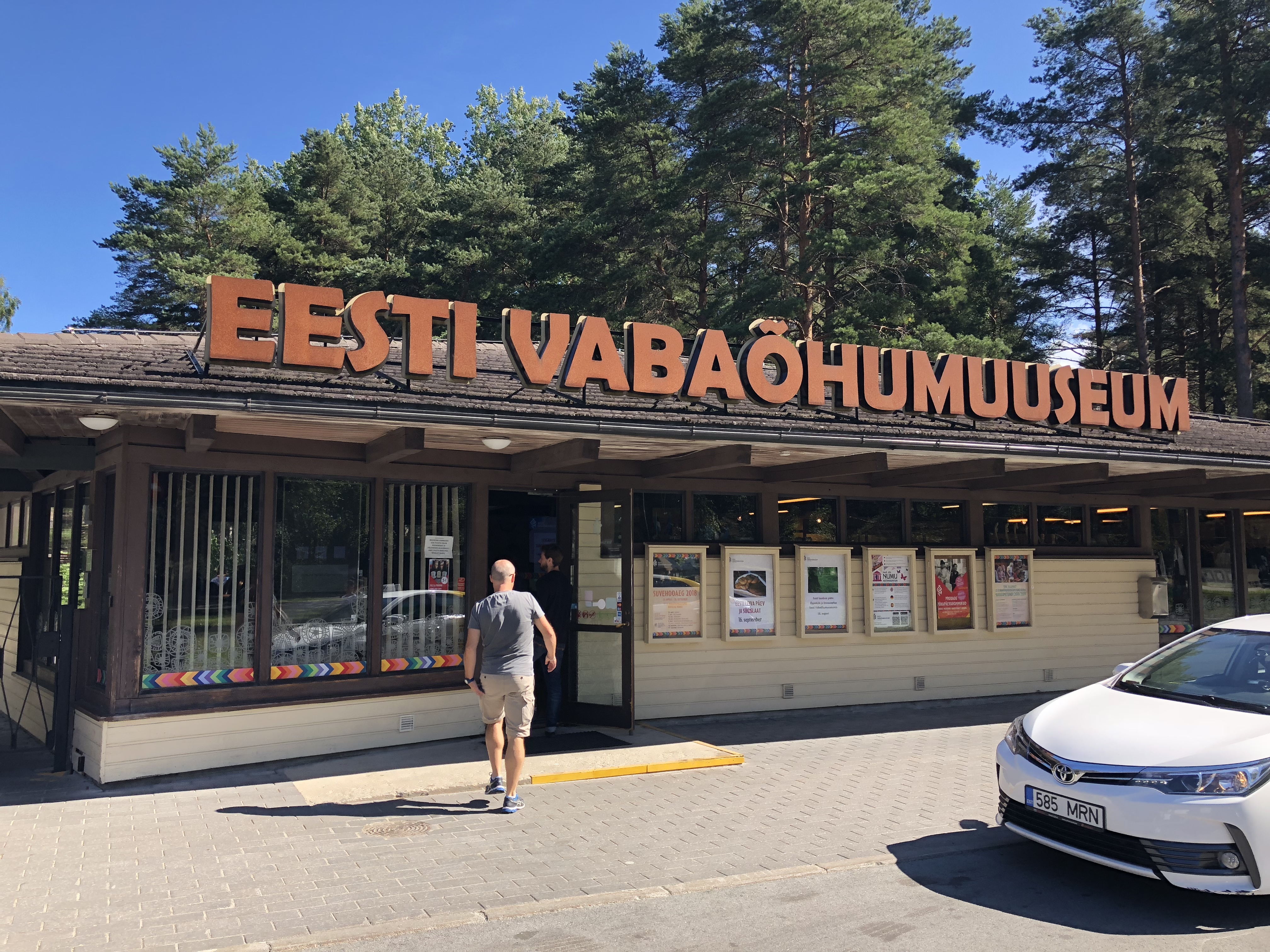
Rocca al Mare’s name derives from a nobleman’s estate that was founded in 1863. Today the area is completely dominated by the open-air museum and the Tallinn Zoo, which allows Rocca al Mare the fun fact that it has an official population of zero people.
Getting to Rocca al Mare is pretty easy. The only pitfall to avoid is heading to the main bus station under Viru Keskus to catch the 21/21B bus out to the Eesti Vabaõhumuuseum. These lines originate next to the main train station in Telliskivi and only run about once every 90 minutes on the weekend, so research the schedule and plan accordingly.
Eesti Vabaõhumuuseum
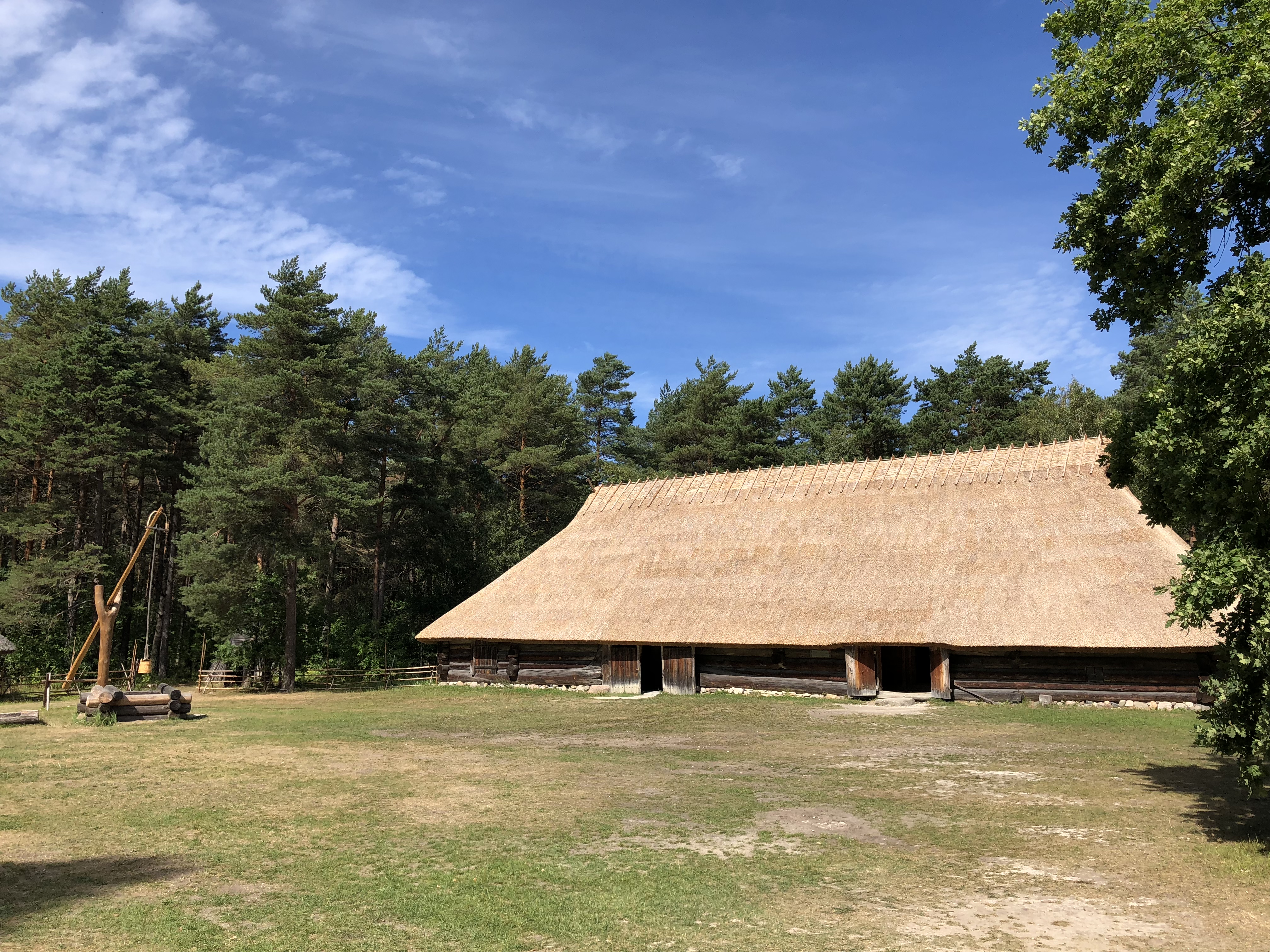
Although talk of an open-air museum began in 1913, two World Wars and a Soviet-Nazi-Soviet occupation found a way of putting those plans on the back burner. As the Soviets sought to tamp down Estonian culture, the urgency for the locals to preserve a remnant of 18th-Century life only increased. It wasn’t until after Stalin’s death in 1953 that the museum was able to put ideas into action; the Eesti Vabaõhumuuseum officially opened four years later in 1957.
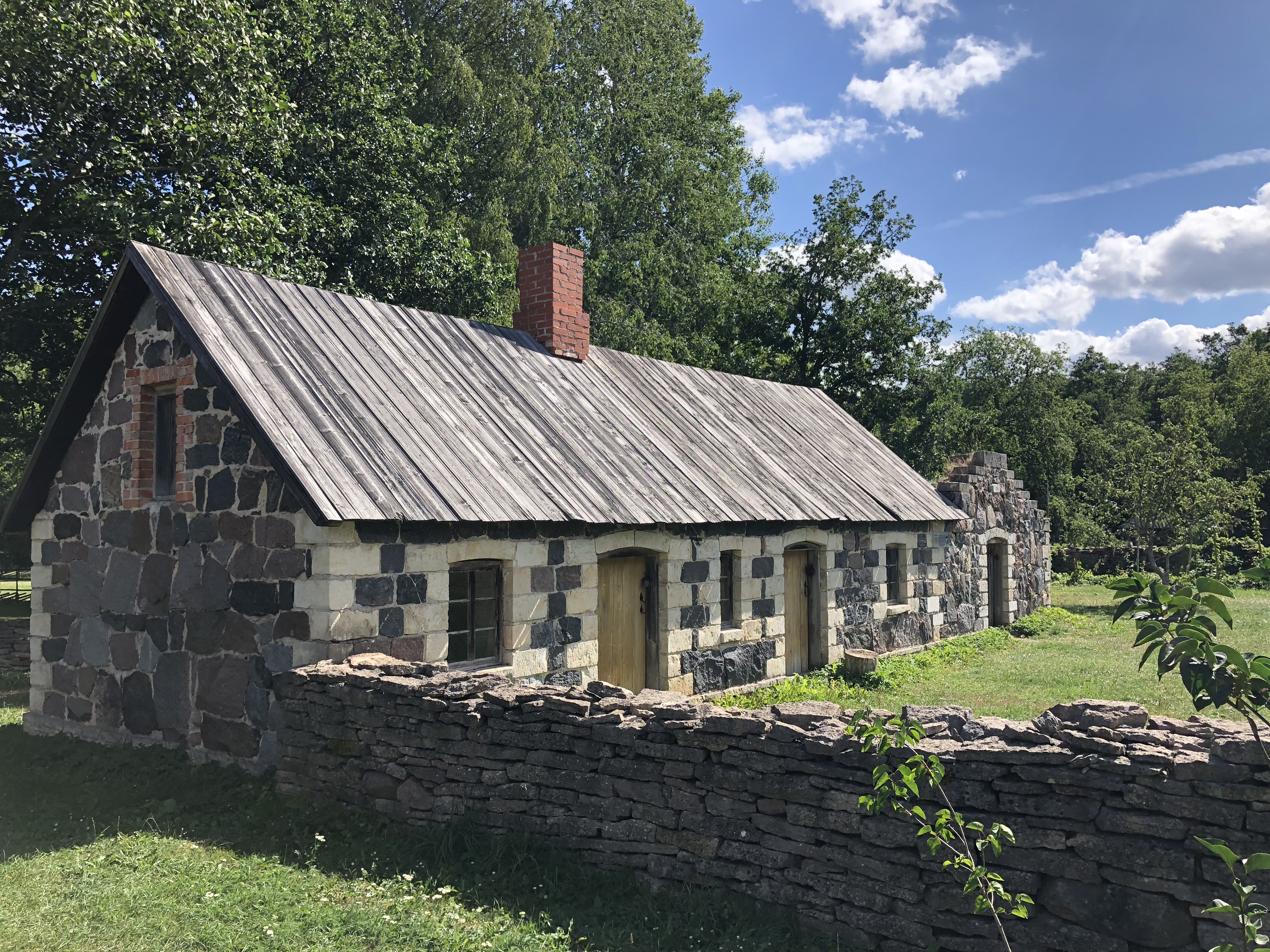
Today there are over 80 historical buildings in the museum, divided into four sections which each examine the rural cultures of Western, Southern and Northern Estonia, as well as The Islands. One asset the Eesti Vabaõhumuuseum has over some of its open-air competition is its layout and organization. Upon purchasing your ticket make sure you request a map of the “History Route,” a 3.1km marked walk through the museum that guides you through the four regions and is suggested to take about three hours of your time. (You can enter each structure and read the history of the dwelling, so really plan for up to four hours if you want to give each building its due.)
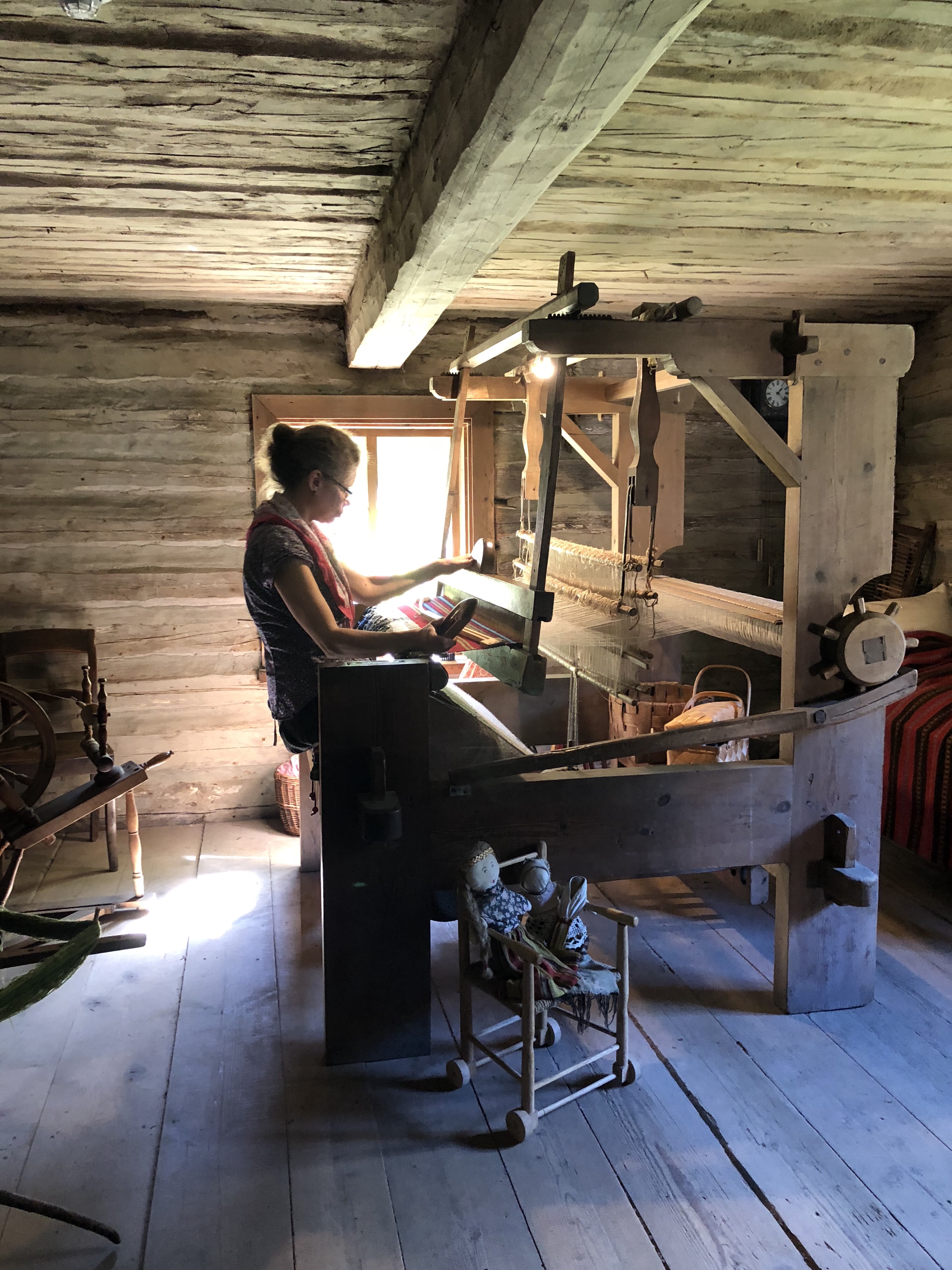
The Eesti Vabaõhumuuseum has a wide range of workers demonstrating sewing, cooking, farming techniques, and blacksmith skills from the 18th and 19th Centuries. There was even a chance to learn some traditional Estonian folk dances that I took full advantage of. I was having so much fun that I even forgot to snap a photo, but that’s ok too. Better to live in the moment while you’re traveling than to sit on the sidelines waiting for that perfect shot.
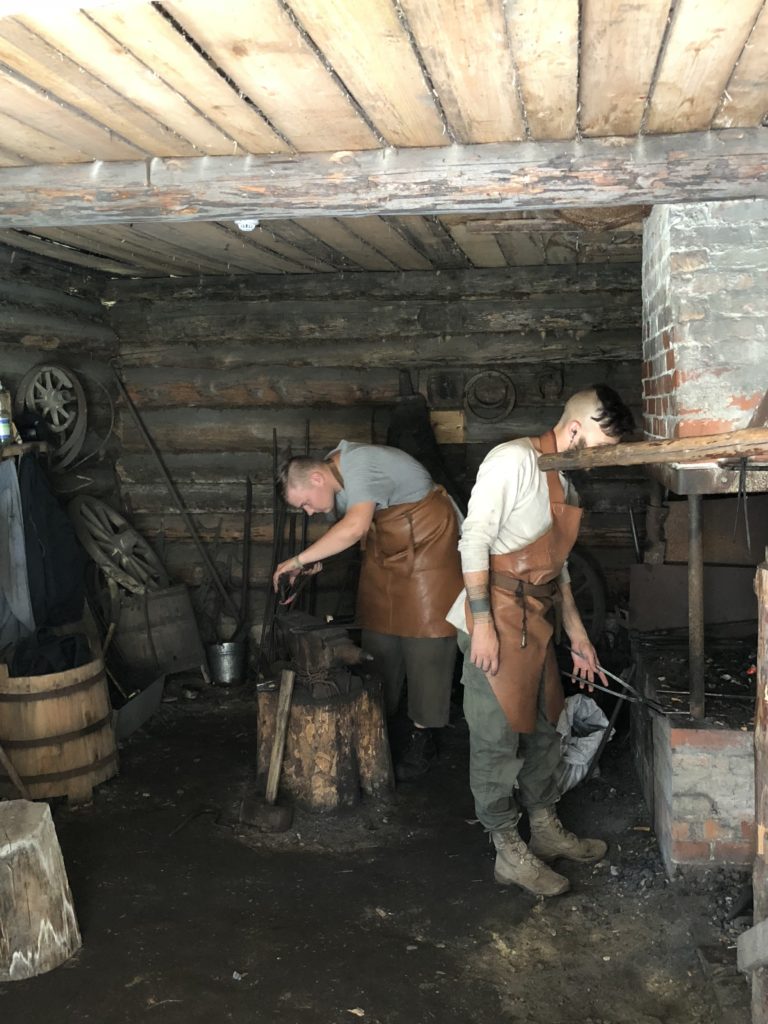
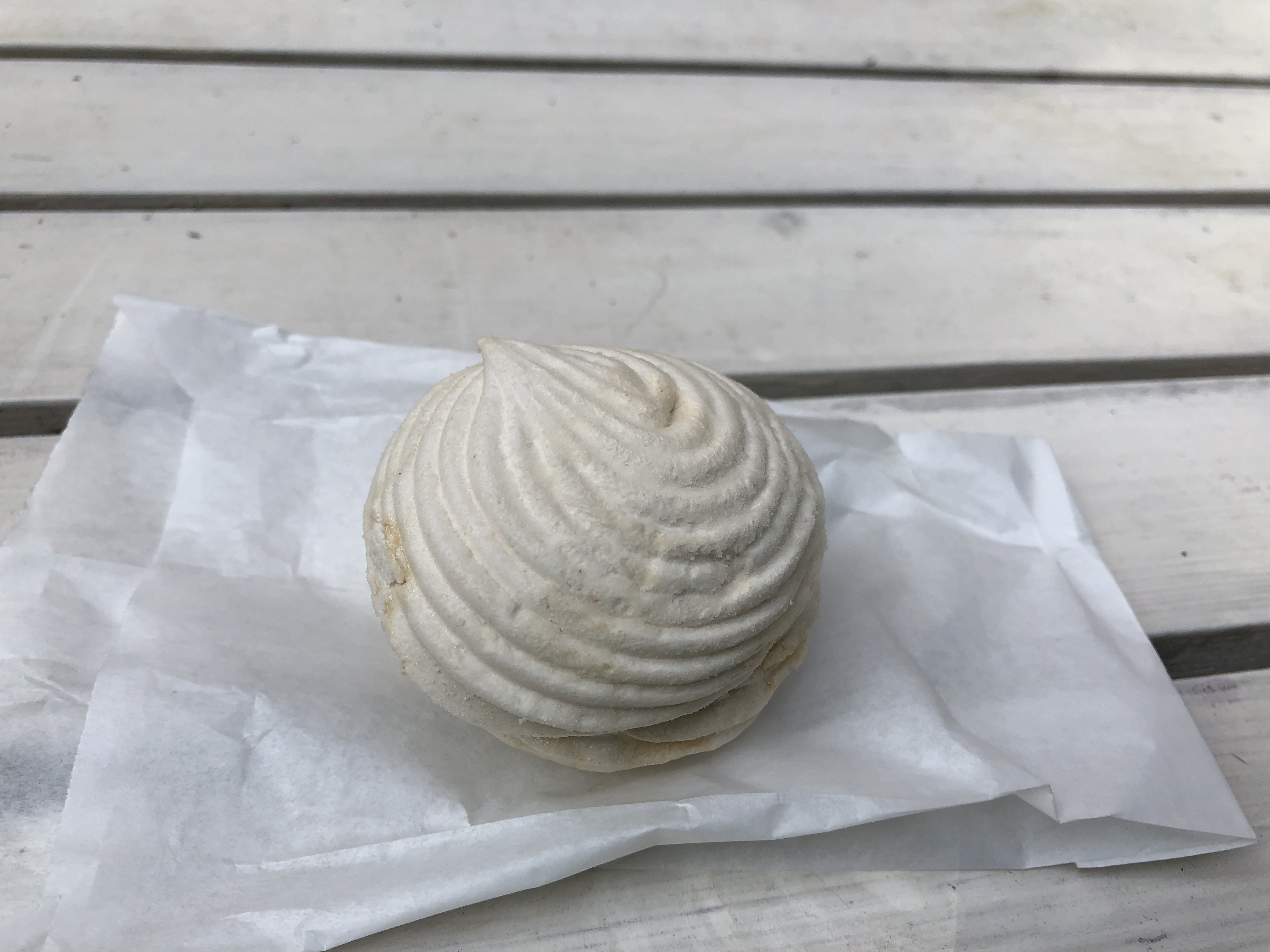
I highly recommend stopping at the general store in the middle of the museum. Here you can find sweets and baked goods actually produced at the museum using traditional recipes. I asked the shopkeeper for the most interesting, authentically Estonian dessert they sold, and she told me this was her favorite (above). It is soft and squishy like a marshmallow, with a vanilla-almond type flavor. It definitely satisfied my sweet tooth cravings!
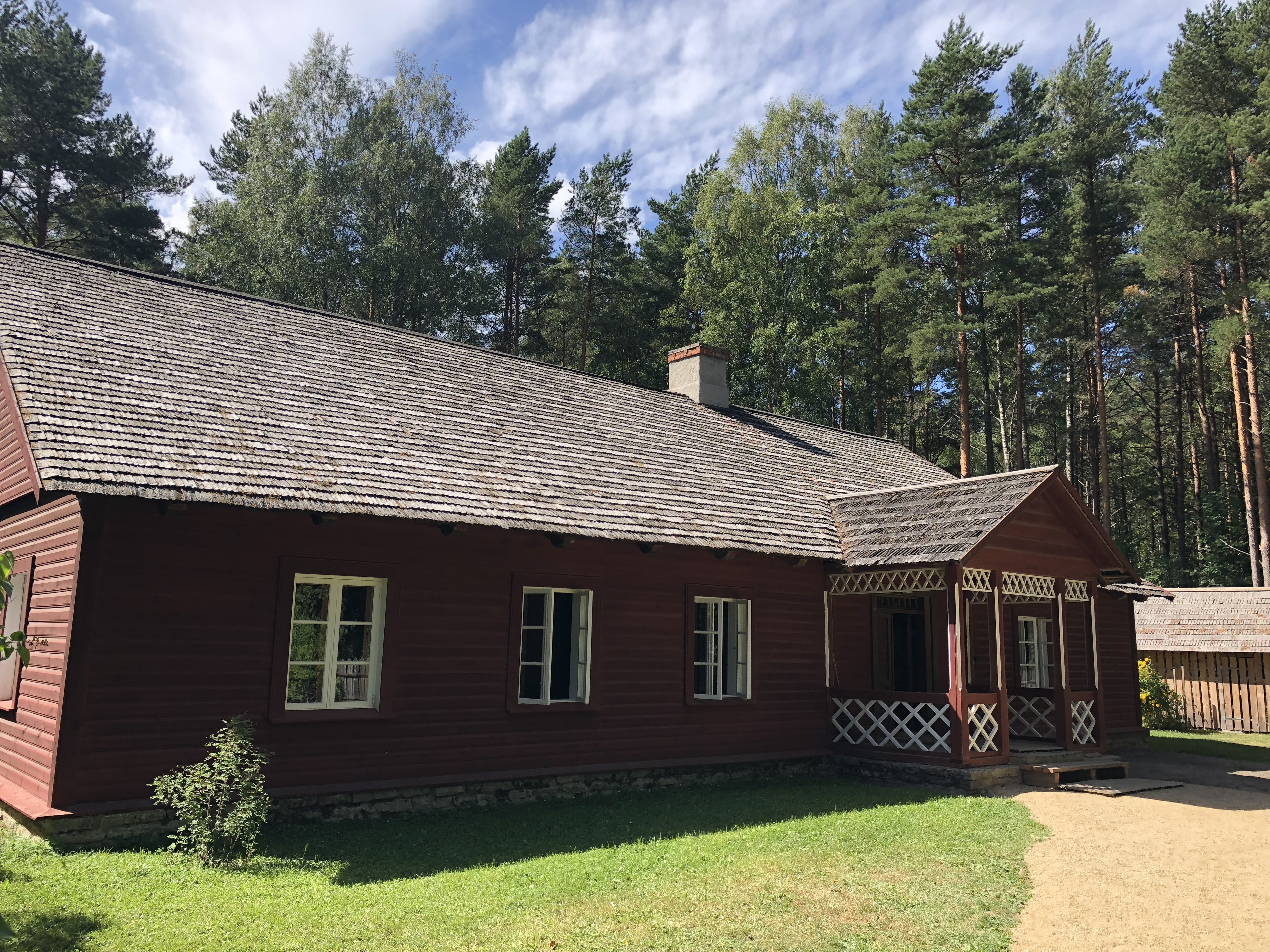
Schooling has always been of great importance to the Estonian people. Even by 1900, the people had achieved a 77% literacy rate and education was compulsory for all children until the age of 13. The Kuie School was in use until 1923 and is a prime example of a primary school in the rural areas outside of Tallinn from the turn of the century.
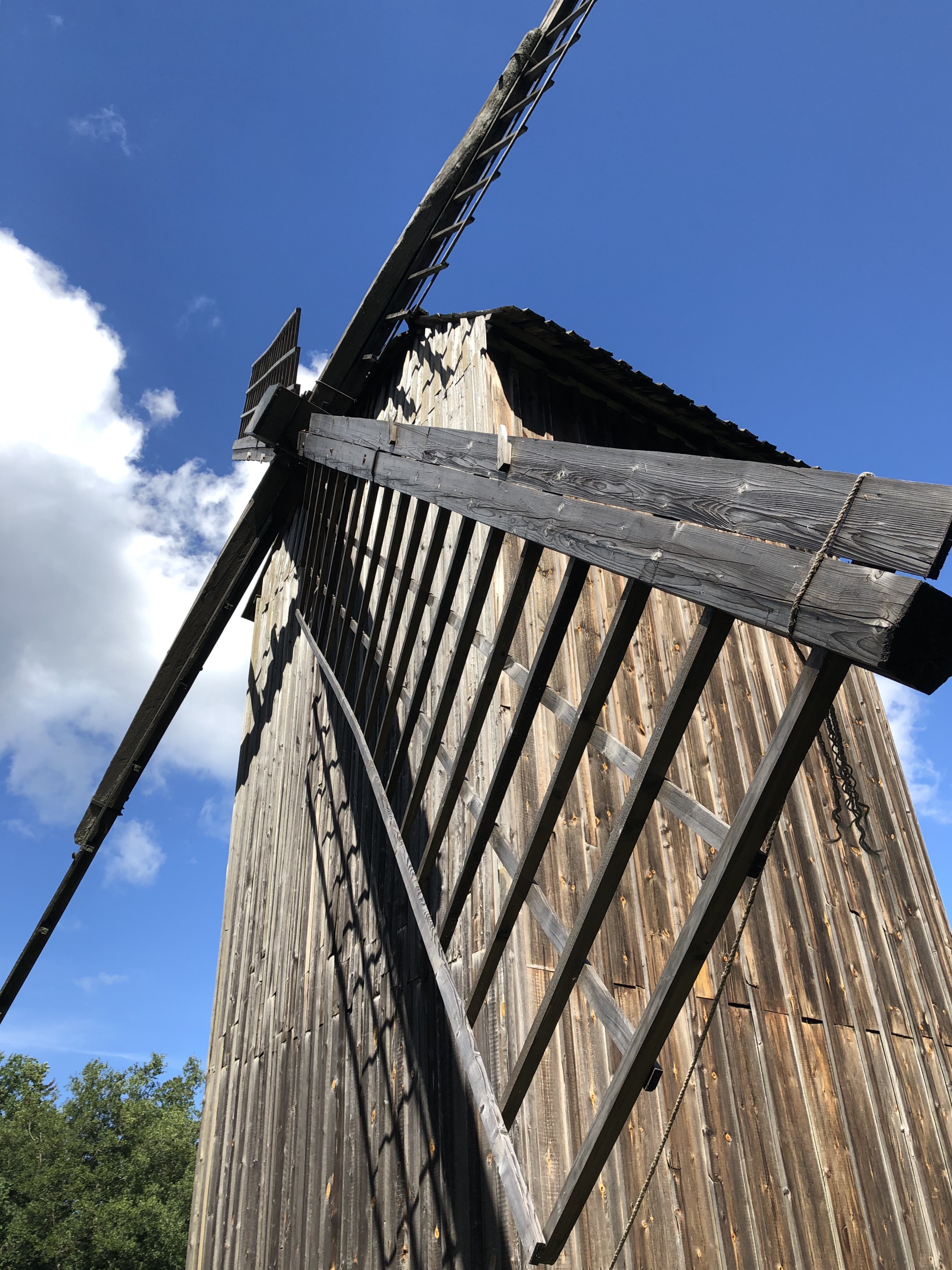
You are actually able to enter one of the windmills at Eesti Vabaõhumuuseum and see for yourself how a miller would grind a sack of grain. Farmers would bring bags of their grain to the miller after the harvest and as payment for his work, the miller would get to keep a portion of the grain he ran through the mill.
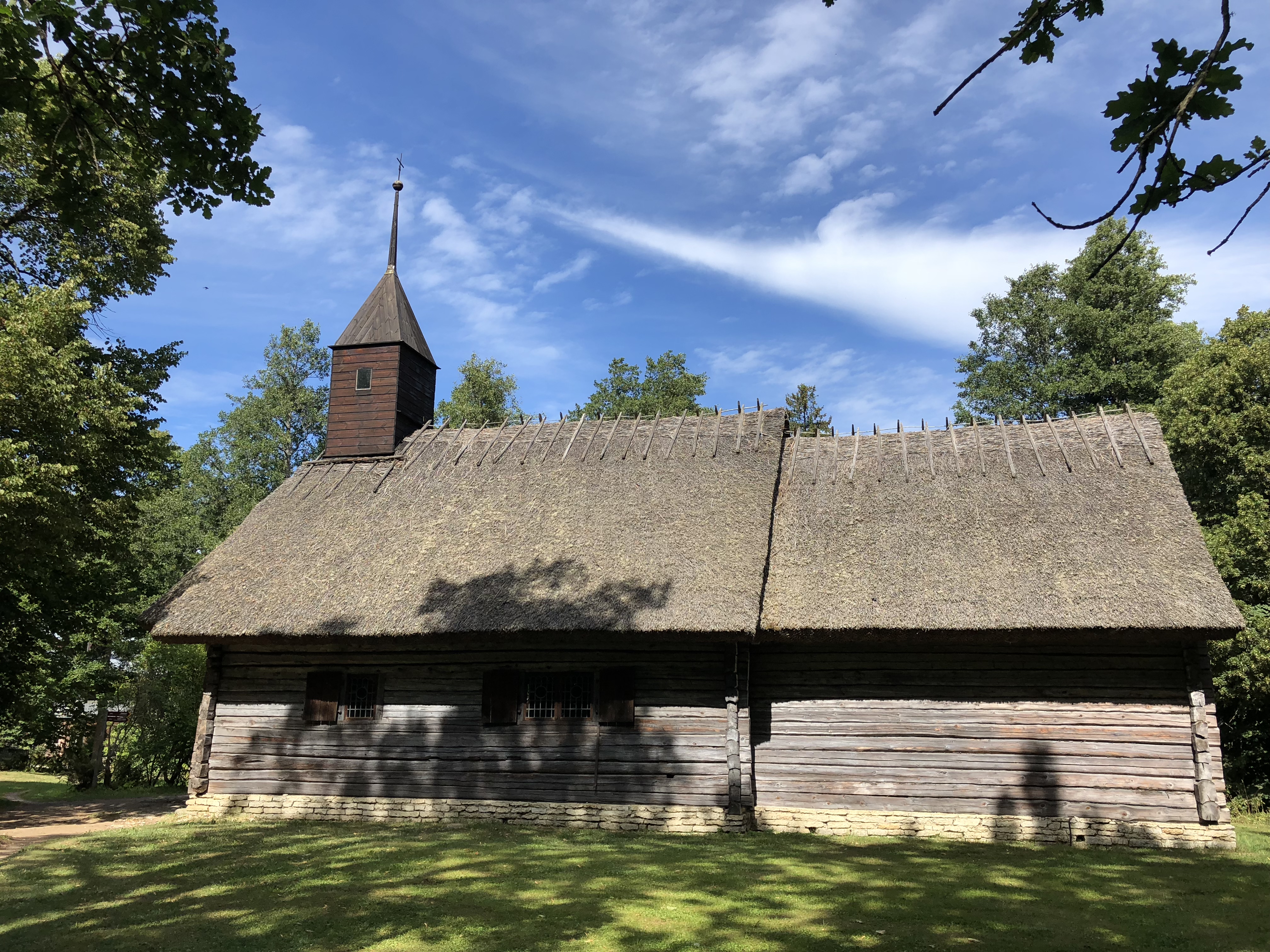
Sutlepa Chapel is the oldest building in the open-air museum. Built in 1627, the country church underwent several modifications over the centuries, and despite a roof collapse in the 19th Century, its greatest threat came from the Soviets who A) wanted to banish all religion and B) were threatened by symbols of Estonian nationalism. After almost being destroyed, the museum acquired Sutlepa Chapel in the 1970s and safely transported its new home in Rocca al Mare. Services are still held on holidays and the occasional Sunday.
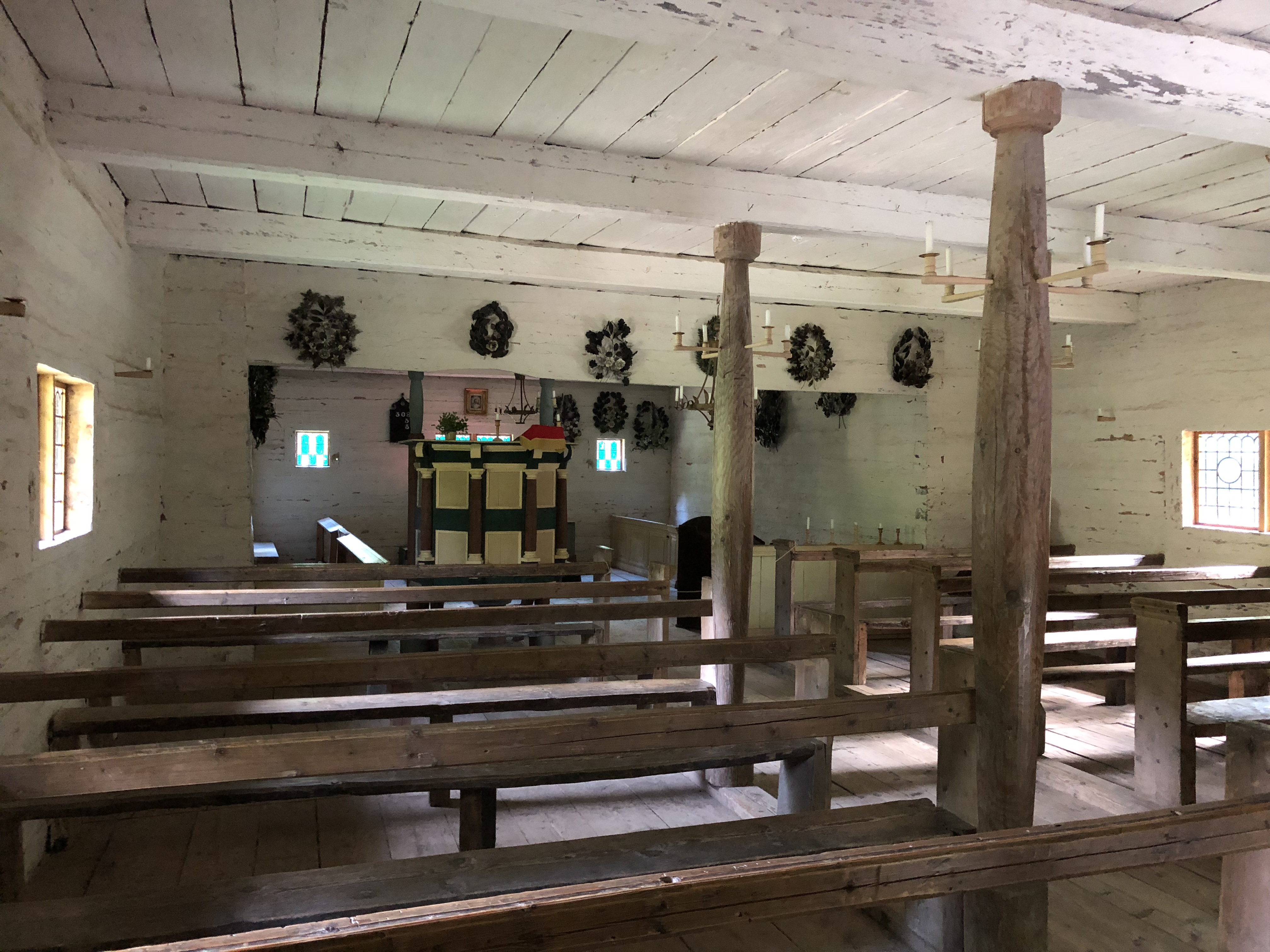
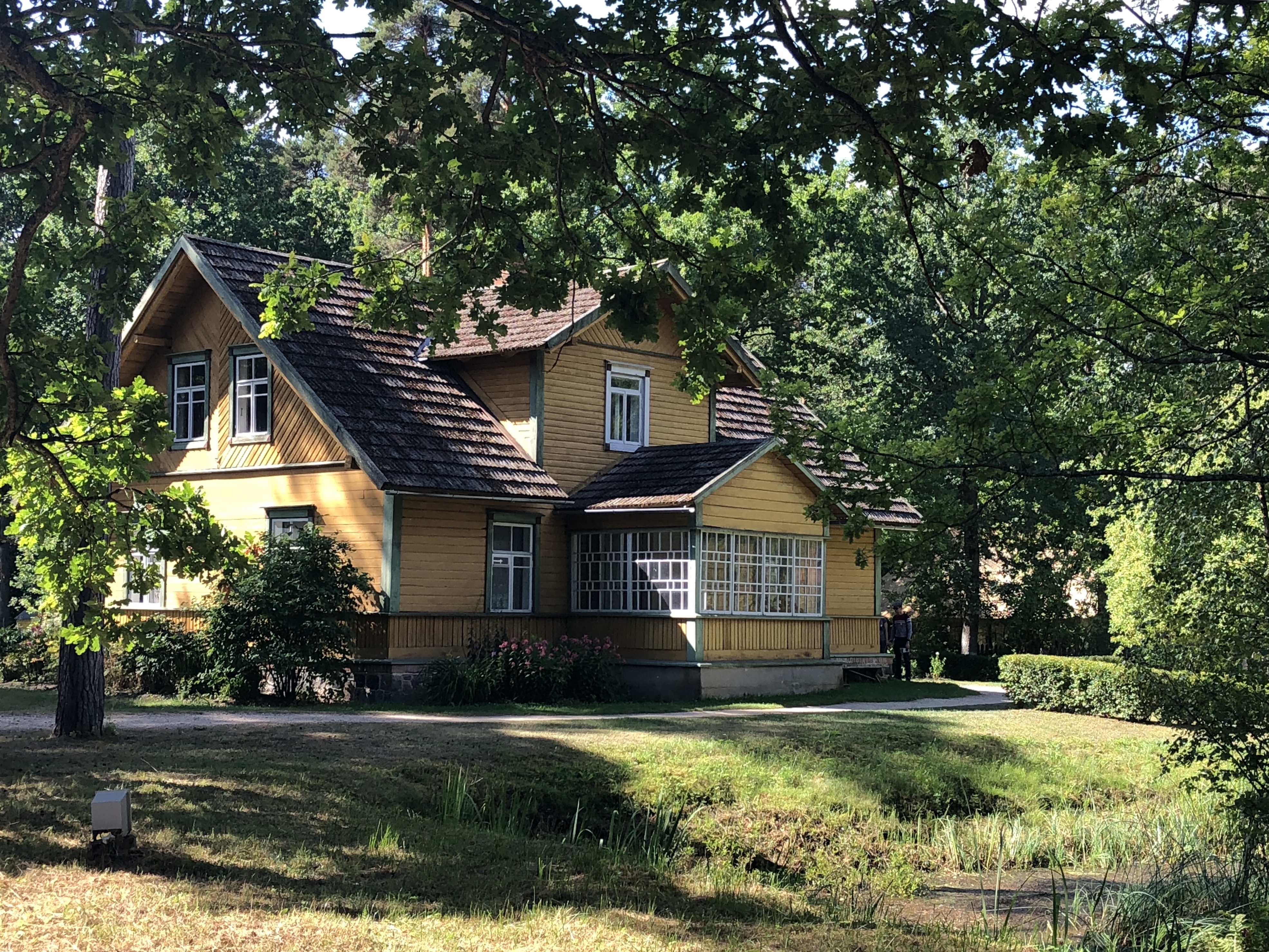
The Kutsari-Härjapea Farm may be the “fanciest” building at the museum. Unlike many of the other simple wooden buildings with straw-thatched roofs, this yellow residence was the home of wealthy landowners who managed the farm. With lavishly decorated interiors, you can see the striking difference between how the working class and the other half lived.
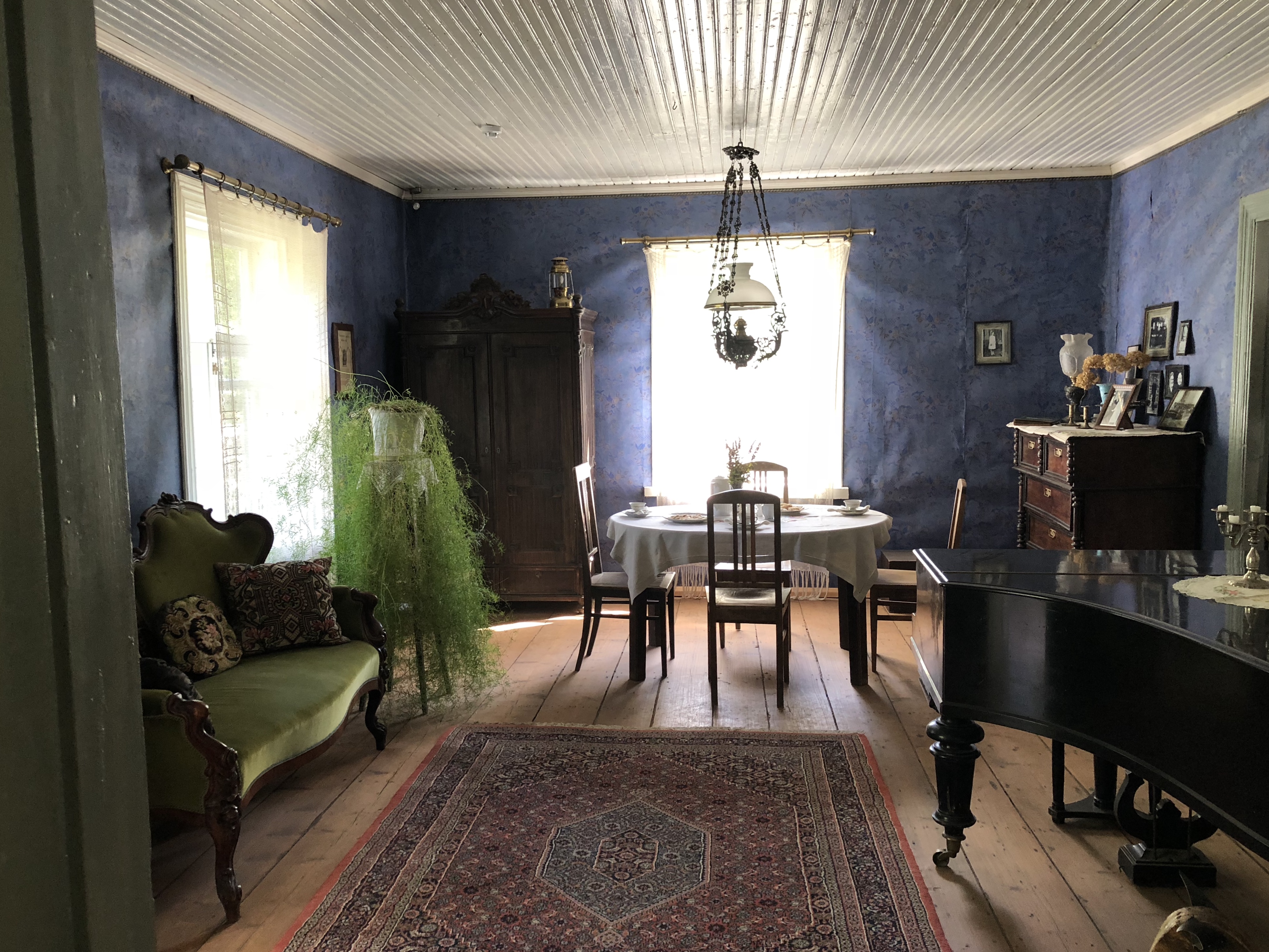
My dad will sometimes tell that his favorite pictures from the blog have been of animals (thanks for reading the posts religiously dad!) and I must take after him because they are my favorite photos too. There were several goats that followed me around the Western Estonia section and I even found a big, fat cat to pet. If these next two pics can’t convince you to check out the museum, then I guess you’re a lost cause…
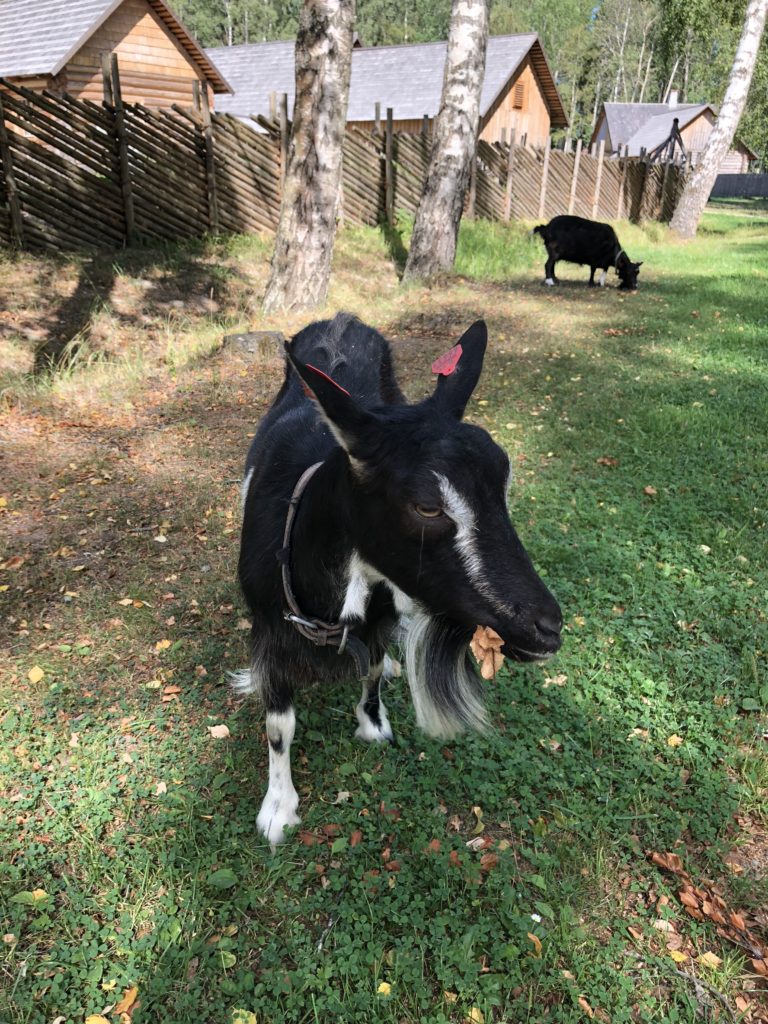
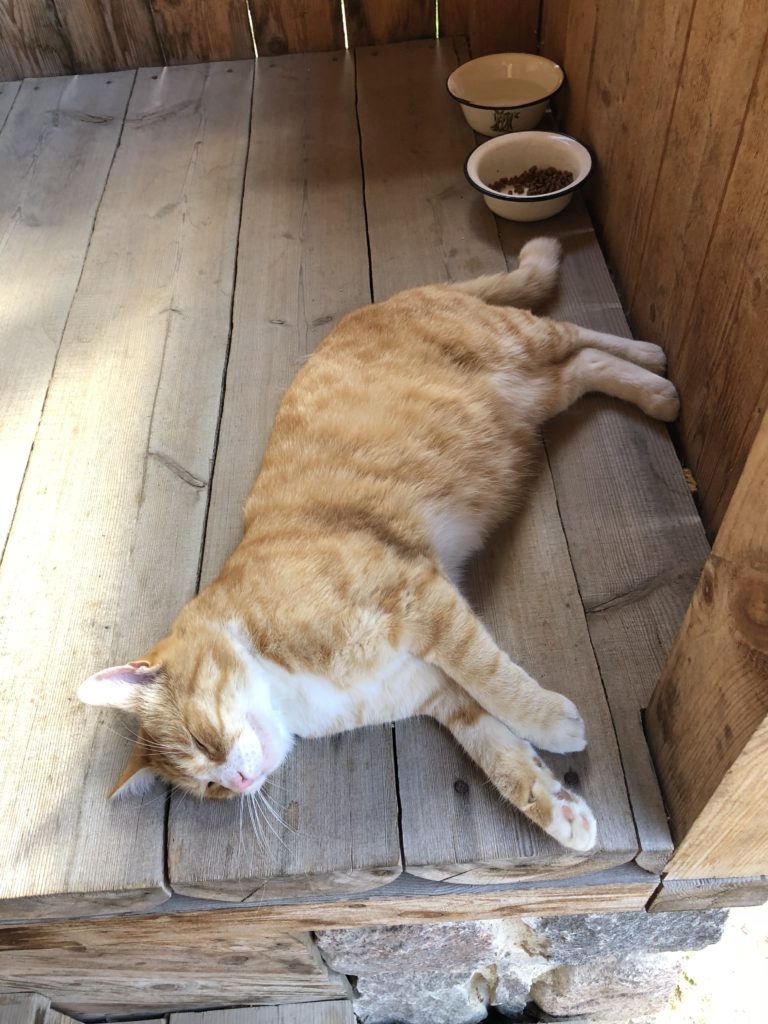
Of course, part of the beauty of going to the open-air museum is taking in the former estate grounds at Rocca al Mare. The deep blue water may be too frigid for a dip in the sea, but that doesn’t stop the locals from taking a break down by the shore and relaxing on a Saturday afternoon. Out here you feel a million miles away from the medieval Old Town and the crumbling Soviet architecture that fills central Tallinn. Eight km from the city center seems like a completely different world.
I’ll leave you to stare out at the sea and take a break from the stresses of your lives too, if only for a moment.

